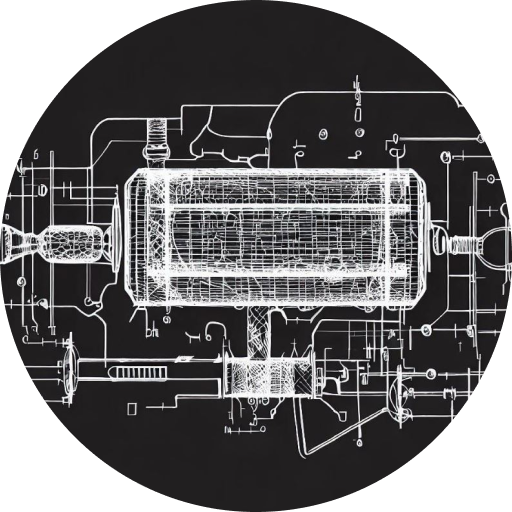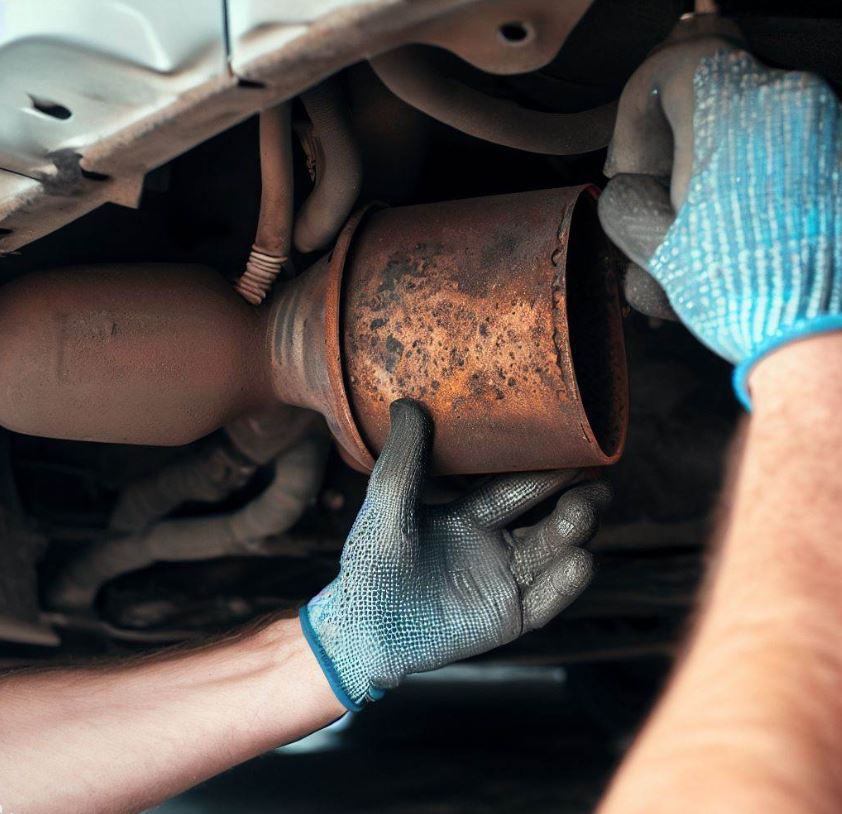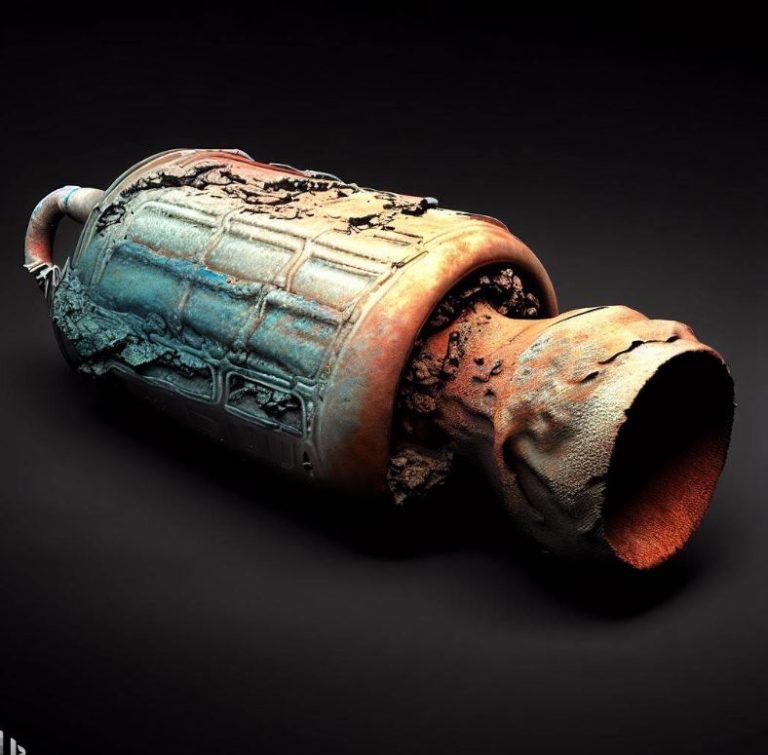How to Unclog a Catalytic Converter Without Removing It
Introduction:
If you’re experiencing reduced engine performance, poor fuel efficiency, or unusual exhaust emissions, a clogged catalytic converter could be the culprit. A clogged converter restricts the flow of exhaust gases, leading to engine inefficiency and potential damage. While the conventional approach involves removing and replacing the converter, there are methods to unclog it without removal. In this step-by-step guide, we’ll walk you through the process of unclogging a catalytic converter without removing it. For more information about catalytic converters and their maintenance, visit the Catalytic System website (https://www.catalyticsystem.com).
Step 1: Identify the Symptoms
Before attempting to unclog your catalytic converter, it’s important to identify the symptoms indicating a potential clog. These may include reduced engine power, difficulty accelerating, increased exhaust odor, or a glowing red converter. Confirm that a clogged converter is causing the issue before proceeding with the unclogging process.
Step 2: Prepare the Required Materials
To unclog the catalytic converter, you’ll need a catalytic converter cleaner solution specifically designed for this purpose. Purchase a high-quality cleaner that is compatible with your vehicle’s converter. Additionally, gather safety equipment such as gloves and eye protection to ensure your well-being during the process.
Step 3: Locate the Oxygen Sensor
The oxygen sensor plays a crucial role in monitoring the catalytic converter’s efficiency. Locate the oxygen sensor upstream of the converter, usually positioned in the exhaust manifold or exhaust pipe. It’s essential to disconnect and remove the oxygen sensor to create an opening for the cleaner solution to enter the converter.
Step 4: Apply the Catalytic Converter Cleaner
Following the instructions on the cleaner product, apply the solution into the opening left by the removed oxygen sensor. The cleaner will break down carbon deposits and other contaminants that contribute to the clogging. Allow the cleaner to sit for the recommended duration to ensure thorough cleaning.
Step 5: Reinstall the Oxygen Sensor
Once the cleaning process is complete, reinstall the oxygen sensor in its original location. Ensure it is properly tightened to prevent any exhaust leaks. The reinstallation of the oxygen sensor restores the normal function of the catalytic converter.
Step 6: Test and Monitor
Start the vehicle and perform a test drive to assess the effectiveness of the unclogging process. Observe the engine’s performance, acceleration, and exhaust emissions. If the symptoms have improved and the vehicle operates smoothly, the unclogging process was successful.
Conclusion
Unclogging a catalytic converter without removing it is a viable option to restore its efficiency and performance. By identifying the symptoms, preparing the necessary materials, locating the oxygen sensor, applying a catalytic converter cleaner, reinstalling the oxygen sensor, and testing the vehicle, you can potentially resolve a clogged converter issue. For further reading on catalytic converters, we recommend the following articles:
“How to Unclog a Catalytic Converter Without Removing It” (https://www.catalyticsystem.com/unclog-catalytic-converter)
“Maintaining a Clean Catalytic Converter: Effective Methods” (https://www.catalyticsystem.com/maintain-catalytic-converter)
By following these steps and utilizing the appropriate cleaner, you can improve the performance of your catalytic converter and ensure its longevity.
- Upgrade Your Honda Accord with the Best Catalytic Converter for Enhanced Performance - October 30, 2023
- Boost Your Chrysler 300’s Performance with a High-Quality Catalytic Converter - October 30, 2023
- Enhance Your Jeep Liberty Performance with a Catalytic Converter - October 30, 2023









